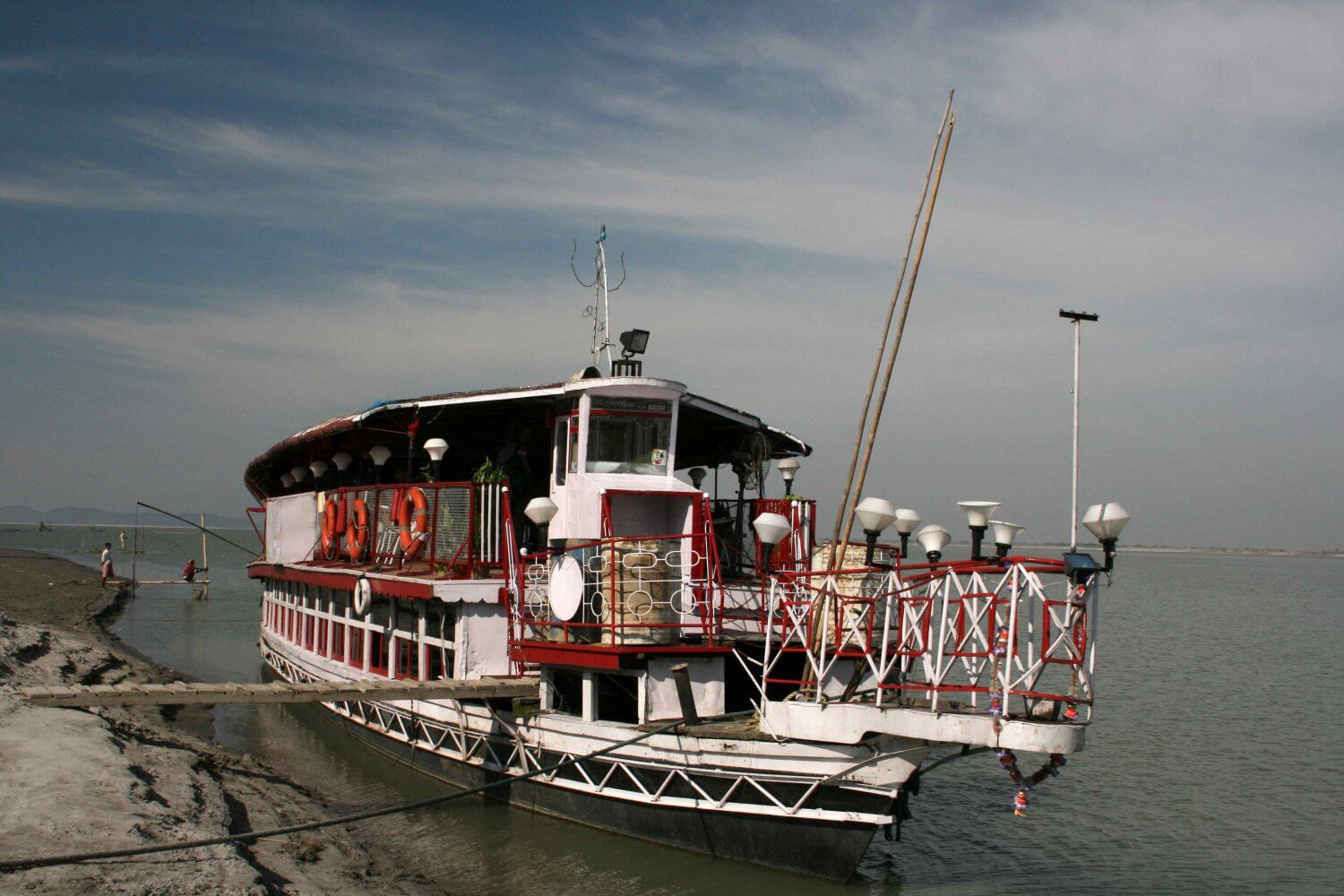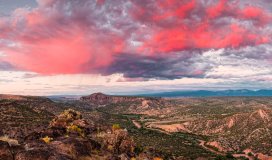10 things to do in Assam
Table of Contents
 It’s a curious collection of food, culture and wildlife in store for you
It’s a curious collection of food, culture and wildlife in store for you
1. Thengal Manor

What makes a boutique hotel an Assam attraction, you ask? Visit the Thengal Manor to find out. The property will reinforce the fact that good things often come in small packages. Staying in this beautiful five-bedroom colonial house (built: 1929) is like experiencing all of Assam in one room. The architecture, the artefacts and the staff all give you the authentic Assamese experience. And then there’s the Assamese fare at mealtime, which includes pitha—rice flour pockets of dried fruit and jaggery roasted over the fire. The staff will also arrange visits to the homes of nearby artisans and weavers. Book your stay at Jorhat Hotels today here to get amazing deals.
2. The Dibrugarh Rajdhani Express

Indian train journeys are the stuff of legend – the country’s terrain lends itself to some incredible views. The Rajdhani tariffs are most affordable, and this 16.5-hour journey makes the most of Eastern India’s breathtaking landscape. In the morning, gaze at the tea plantations and paddy fields that stretch out into the horizon. As night falls, the train squeezes past Guwahati city – and you’re spared the sights of urban sprawls. You’ll need to change trains at Tinsukia to get to Ledo next morning. You can book your stay in the NJP Area hotels if you really wish to explore the unravelled facets of Assam. It is a unique experience so don”t forget to carry your camera along.
3. Brahmaputra cruise

The intimidating, massive Brahmaputra flows through four countries – Tibet, India, China and Bangladesh – and is worshipped by four religions no less. It’s also the only genuinely navigable river in the world where you can see the Himalayas from, and apart from the Zambezi, also the river on which wildlife safaris are conducted. Besides Assam’s natural beauty, there’s the big four — rhinos, elephants, buffaloes and tigers to spot. Cruise operators also organise visits to nearby artisan villages. Don’t miss the river dolphins. Check out the different Guwahati Hotels and deals and book into a hotel that offers you the most relaxing stay. The next morning you will be fresh to explore the true beauty of Guwahati.
4. Tea estate stay and tour

It’s worth travelling to Assam to experience its tea culture alone. The British legacy is alive and well in the many refurbished tea bungalows that sit among the century-old tea estates. Jorhat is the tea capital of Assam. In and around this region, you will find numerous estates like Banyan Grove, Thengal Manor and Burra Sahib Bungalow, which are historically rich, and preserve the essence of the bygone era. If laidback high teas bore you, there are wildlife tours, tea tastings and pickings to liven things up.
5. The safari

Today, Kaziranga is a UNESCO World Heritage Site. A bit of credit should go to Mary Curzon (wife of former Viceroy of India) who, disappointed at not having spotted any rhinoceros, started the conservation drive that accounts for the 1,800 rhinos today. These numbers ensure prolific sightings against the grand background of the Himalayas, and the lake-dotted wetlands. Kaziranga is truly a wildlife safari unlike any other. While here, throw in a cruise on the Brahmaputra and sample some excellent Assamese fare like gahori (pork) and hahn (duck). The wilds of Kaziranga can never be explored in just a day. You must book into any of the Kaziranga Hotels and plan a week away from the chaos of routine life to get a true glimpse of the wild.
6. The temple trail

Mythology and archaeology dictate the route, with stories guiding you through the 16th-century monuments. The Kamakhya Temple is the highlight here, where Tantric worshippers still offer animal sacrifices. Visit the Nabagraha temple, once a centre of astrology and astronomy, and the Umananda temple, which is where Arjun is believed to have stopped during his Ashwamedh Yajna. Madan Kamdev is a beautiful set of ruins on the outskirts of Guwahati. This is the place where Kamadev, the god of love, was believed to have been reborn after being destroyed by Shiva.
7. The food

One of the most attractive things about Assamese food is the fact that it’s barely available outside the state. Which means, each dish will be a surprise. The food is a curious mix of fresh and fermented, with generous helpings of mustard. Tenga is a sour preparation of fish, while khar is a bitter gravy that accompanies raw papaya and pulses. There are varieties of smoked meats (pura) and side dishes that range from fermented bamboo shoots to spicy mashed potatoes (pitika). Visit Khorika, Delicacy and Paradise restaurants to pamper those taste buds. Let loose your taste buds and savour some of the delectable delicacies of Assam as you eat out at Guwahati Hotels and Restaurants.
8. Angling

Jia Bhoroli is the mecca for Indian anglers. The river is home to some chunky golden mahaseer, a frisky catch that’s earned the nickname ‘tiger of the Himalayas’ and the bait that lures fishermen, amateur and expert alike, to the Nameri National Park. The fish is so popular that there’s even a breeding project for it. The Assam Bhoroli Anglers Association organises angling as a sport in November if you’ve sharpened your skills. Remember, the record catch weighed in around 25 kg. Do try your skills at fishing in Guwahati and you will surely remember this vacation for life. Carry your camera along to capture the memorable moments.
9. Local artefacts

Silk, silk, and then some more silk. Muga silk is Assam’s most beautiful souvenir. Of the three types of silk the state produces indigenously (muga, pat and eri), the muga is a soft, golden-tinged cloth. The colour literally earns its name—muga means yellow. The zari-edged saris from Silkalay are coveted pieces. Don’t forget to pick up some tea. Head to retail outlets located near the tea estates and pack up some CTC Premium.
10. The colourful festivals

Assam gets really colourful around mid-April (harvest season) for one of the three biggest Bihu festivals in the state. There’s also the Rongali Bihu festival, when the dance assumes a sensuous texture, and is an occasion for women to celebrate the gift of fertility. There’s also the Assam Tea Festival across three days in Jorhat around November. These are great times to experience the best of Assamese culture, hospitality (and food).
Insider Tip:
The Assam State Museum is surprisingly under-explored. The colonial building replicates tribal homes, and is a brilliant place to understand the sociological make-up of the state. The museum, however, is shut on Mondays and on second and fourth Saturdays of the month.
Best time to visit:
Remember Kaziranga Park is closed from June to September. October to April sees great weather.



